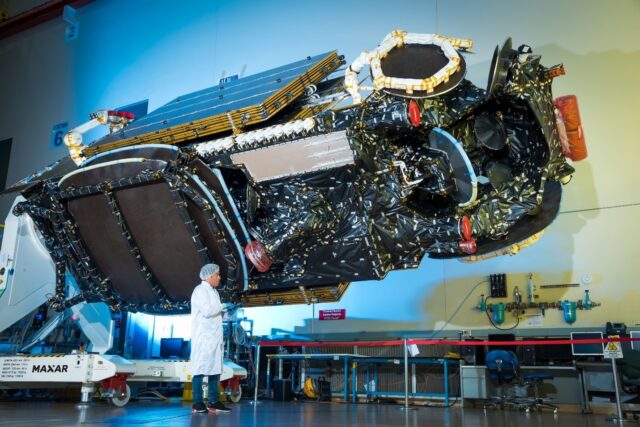Satellite Engineering: Design, Technology, and Applications

About Course
Ever wondered how the satellites orbiting high above Earth impact your daily life—from GPS navigation to climate monitoring and global communication? This comprehensive course takes you on an exciting journey through the fundamentals and future of satellite engineering. From the core design principles to the subsystems that make satellites functional, you’ll explore how science, engineering, and innovation converge in space technology.
Whether you’re a curious student, a budding engineer, or a tech enthusiast, this course unlocks the black box of satellite systems. You’ll gain hands-on knowledge of communication systems, power generation, thermal regulation, propulsion, and control mechanisms. Dive into the real-world applications of satellite technology and peek into the future with the rise of CubeSats, mega-constellations, and next-gen propulsion. Get ready to explore the universe—one satellite at a time!
Course Content
Introduction
Overview of satellite engineering
00:00Brief history of satellite technology
00:00Importance of satellite engineering in modern world
00:00